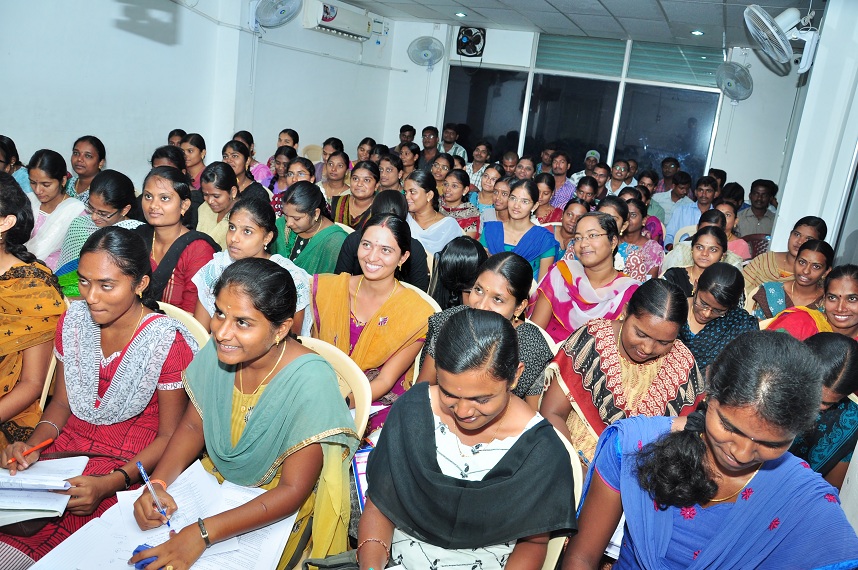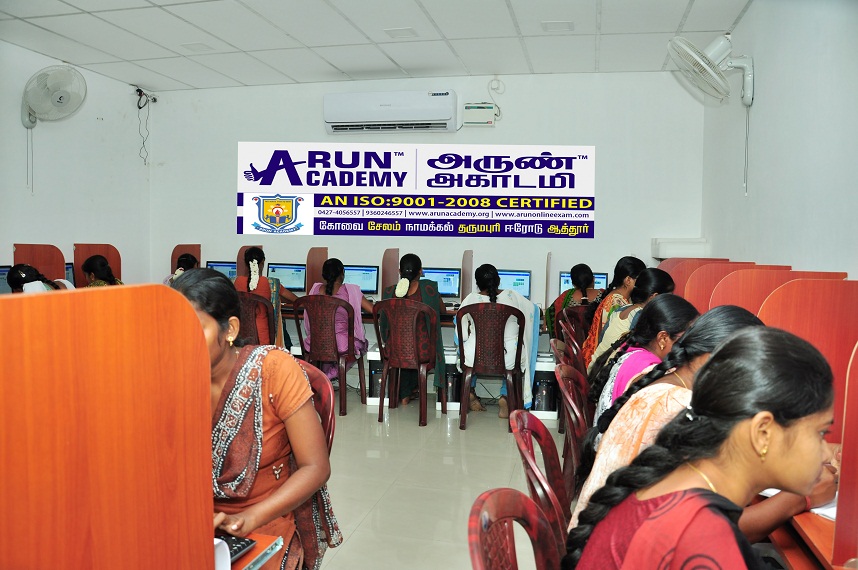- Remaining Timing :-
(1). Hafiza Dance is the dance of which state_________
- (a). Andhra Pradesh
- (b). Jammu & Kashmir
- (c). Telangana
- (d). Sikkim
- (e). None of these
Explanation:
The Hafiza dance form is performed by the ladies, who are specially trained for it. It might appear to be a simple dance but it is not that easy to perform. The professional dancers dance at the Heena nights as well as in the procession of the groom that goes to the bride's house for marriage. Like many other forms of Kashmiri dance, Hafiza dance is performed along with Sufiana Kalaam form of music. This is a kind of music that relates to the Sufis and hence, its lyrics have got the Persian literary touch. The songs are soothing and engage a person into deep thinking.
(2). Bhand Jashan is the dance of which state_________
- (a). Karnataka
- (b). Andhra Pradesh
- (c). Jammu & Kashmir
- (d). Sikkim
- (e). None of these
Explanation:
Bhand Jashan dance is a simple yet very attractive dance form of Kashmir. The term "Bhand" carries the meaning of the clown and "Jashan" means celebration. On every occasion in Kashmir, the dance troupe performs this dance form. Whether it is a child birth, wedding ceremony, or any other festive event this dance form is performed at the fullest. Bhand Jashan dance is the famous fold dance of the Kashmir. It is known as the 'festival of clowns' that also has a cultural legacy of 200-300 years old genre of Kashmir's folk theatre. The dance is the combination of the play and dance in a satirical style. The dance conveys the expression through various parodies made out of social situations. This dance is normally performed in the village squares or in a wider arena in front of a huge audience. The dance is performed by the group of fifteen to twenty people, wearing traditional styled attires. The dance is accompanied by the classical musical instrument like "Surnai" – it is the Kashmiri version of the Indian "Shehnai" along with Peshrao, Dhol and Nagara
(3). Wuegi-Nachun is the dance of which state_________
- (a). Andhra Pradesh
- (b). Jammu & Kashmir
- (c). Assam
- (d). Rajasthan
- (e). None of these
Explanation:
Wuegi-Nachun is a lesser known dance form of the valley. It is performed by women at wedding ceremonies, at the departure of the bride in a shikara. The Kashmiri Pandit women dance around the bridal rangoli and sing along traditional songs in this art form.
(4). Yakshagna is the dance of which state_________
- (a). Assam
- (b). Rajasthan
- (c). Jammu & Kashmir
- (d). Karnataka
- (e). None of these
Explanation:
Yakshagana is a traditional theatre form that combines dance, music, dialogue, costume, make-up, and stage techniques with a unique style and form. This theatre style is mainly found in the coastal districts and the Malenadu region of Karnataka, India. Yakshagana is traditionally presented from dusk to dawn.
(5). Bayalata is the dance of which state_________
- (a). Rajasthan
- (b). Jammu & Kashmir
- (c). Karnataka
- (d). Assam
- (e). None of these
Explanation:
Bayalata is a form of Yakshagana found in southern Indian region of Karnataka featuring stories from Indian epic poetry and the Puranas rendered as dance and drama. Bayal??a literally means open theater drama and marks the end of harvest season. The most popular theme for bayal??a is the story of K??i and Cennayya, which has deep-rooted significance for the people of Tulu Nadu. The Yakshagana stage is set before the village temple on a sandy beach or in open fields. A low platform about 16' 10 20' with bamboopoles at each corner garlanded with flowers, plantain and mango leaves, and roofed with matted palm leaves. At sunset the sound of achande, a high pitched drum, announces forthcoming performances.
(6). Dollu Kunitha is the dance of which state_________
- (a). Andhra Pradesh
- (b). Karnataka
- (c). Rajasthan
- (d). Assam
- (e). None of these
Explanation:
Dollu Kunitha is a major popular drum dance of Karnataka. Accompanied by singing, it provides spectacular variety and complexity of skills. Woven around the presiding deity of Beereshwara or Beeralingeswara, chiefly worshipped by the Kuruba Gowdas of Karnataka and also called Halumathasthas, it presents both entertainment and spiritual edification
(7). Veeragaase is the dance of which state_________
- (a). Karnataka
- (b). Andhra Pradesh
- (c). Jammu & Kashmir
- (d). Assam
- (e). None of these
Explanation:
Veeragase is a dance form prevalent in the state of Karnataka, India. It is a vigorous dance based on Hindu mythology and involves very intense energy-sapping dance movements. Veeragase is one of the dances demonstrated in the Dasara procession held in Mysore. This dance is performed during festivals and mainly in the Hindu months of Shravana and Karthika. It is performed at all important functions of Lingayathousehold.
(8). Mohiniattam is the dance of which state_________
- (a). Nagaland
- (b). Kerala
- (c). Tamil Nadu
- (d). Jammu & Kashmir
- (e). None of these
Explanation:
Mohiniyattam, also spelled Mohiniattam is one of two classical dances of India that developed and remain popular in the state of Kerala. The other classical dance form from Kerala is Kathakali. Mohiniyattam dance gets its name from the word Mohini – a mythical enchantress avatar of the Hindu god Vishnu, who helps the good prevail over evil by deploying her feminine powers. Mohiniyattam's roots, like all classical Indian dances, are in the Natya Shastra – the ancient Hindu Sanskrit text on performance arts. However, it follows the Lasya style described inNatya Shastra, that is a dance which is delicate, eros-filled and feminine. It is traditionally a solo dance performed by women after extensive training. The repertoire of Mohiniyattam includes music in the Carnatic style, singing and acting a play through the dance, where the recitation may be either by a separate vocalist or the dancer herself. The song is typically in Malayalam-Sanskrit hybrid called Manipravala.
(9). Kathakali is the dance of which state_________
- (a). Assam
- (b). Nagaland
- (c). Kerala
- (d). Tripura
- (e). None of these
Explanation:
Kathakali is one of the major forms of classical Indian dance. It is another "story play" genre of art, but one distinguished by its elaborately colorful make-up, costumes and face masks wearing actor-dancers, who have traditionally been all males. Kathakali primarily developed as a Hindu performance art in the Malayalam-speaking southwestern region of India (Kerala).
(10). Padayani is the dance of which state_________
- (a). Kerala
- (b). Tripura
- (c). Uttar Pradesh
- (d). Tamil Nadu
- (e). None of these
Explanation:
Padayani, also called Padeni, (from the Malayalam word for military formations) is a traditionalfolk dance and a ritual art. from the central portion of the Indian state of Kerala. A ceremonialdance involving masks, it is an ancient ritual performed in Bhagavati temples. The dance is performed in honor of Bhadrakaali. Meaning, a 'row of warriors', Padayani is an art form that blends music, dance, theatre, satire, facial masks, and paintings. It is part of worship of Bhadrakali and is staged in temples dedicated to the goddess from mid-December to mid-May. Padayani is unique to central Travancore, comprising the Pathanamthitta district of Kerala. Padayani is regarded as a remnant of the Dravidian forms of worship that existed before the advent of Brahmanism.







